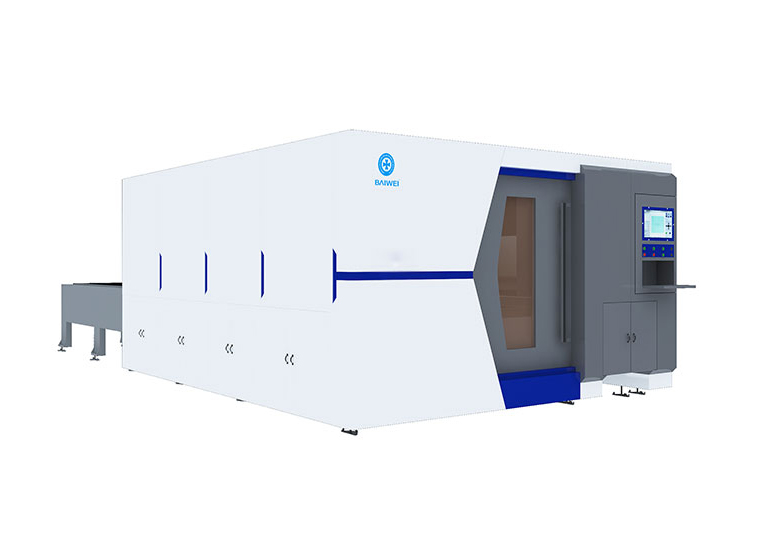- home
-
products
-
 BW-G3015 3kw open type fiber laser cutting machine
BW-G3015 3kw open type fiber laser cutting machine -
 BW-G4020 Open type fiber laser cutting machine
BW-G4020 Open type fiber laser cutting machine -
 BW-G6020 Open type fiber laser cutting machine
BW-G6020 Open type fiber laser cutting machine -
 BW3000 6kw open type fiber laser plate&tube cutting machine
BW3000 6kw open type fiber laser plate&tube cutting machine -
 BW3000 6KW closed type fiber laser plate&tube cutting machine
BW3000 6KW closed type fiber laser plate&tube cutting machine -
 BW-G6025 Closed type fiber laser cutting machine
BW-G6025 Closed type fiber laser cutting machine -
 BW-G12025 Closed type metal sheet laser cutting machine machine
BW-G12025 Closed type metal sheet laser cutting machine machine -
.jpg) BWQG SERIES Professional Laser Tube Cutting Machine 3kw-20kw
BWQG SERIES Professional Laser Tube Cutting Machine 3kw-20kw
-
- solution
- about us
- services
- case
- news
- contacts

.jpg)



.jpg)


